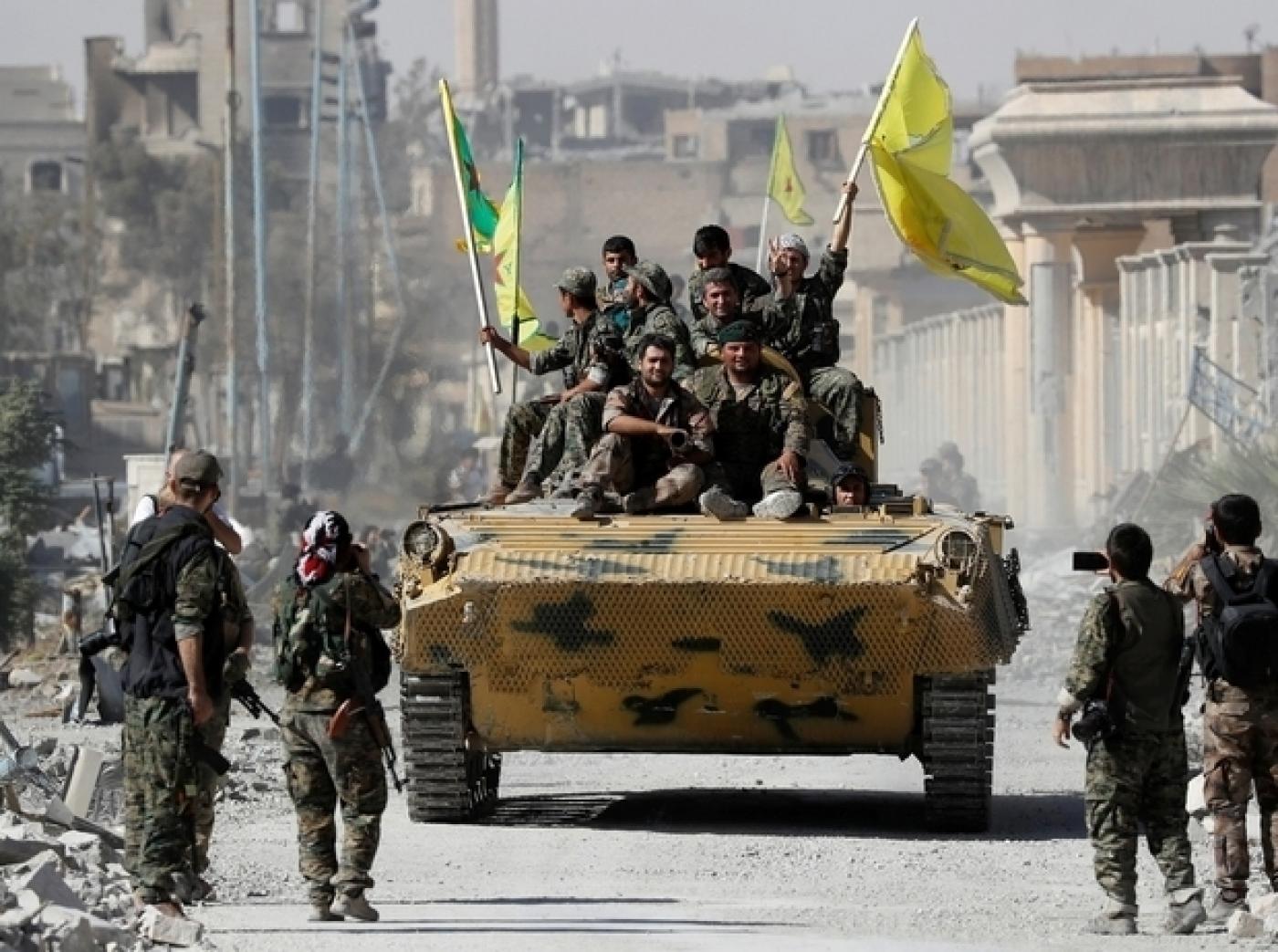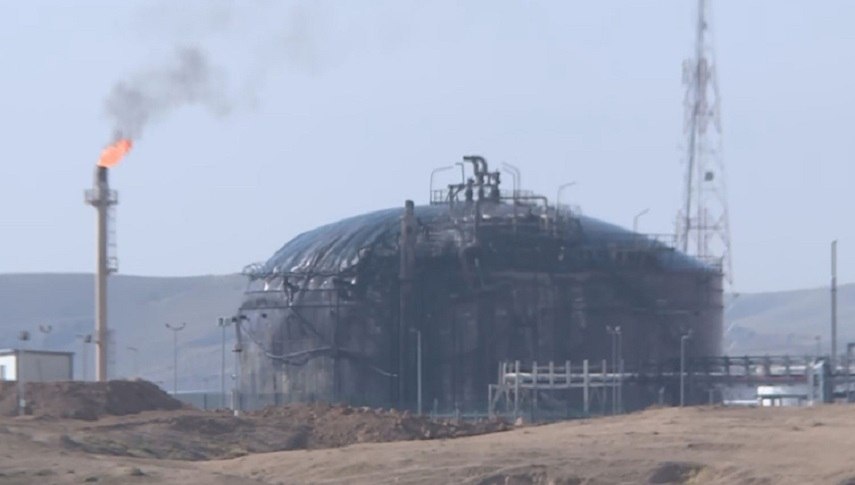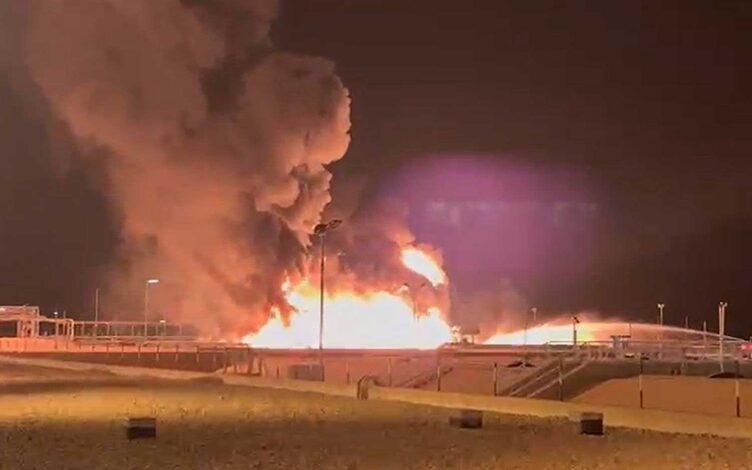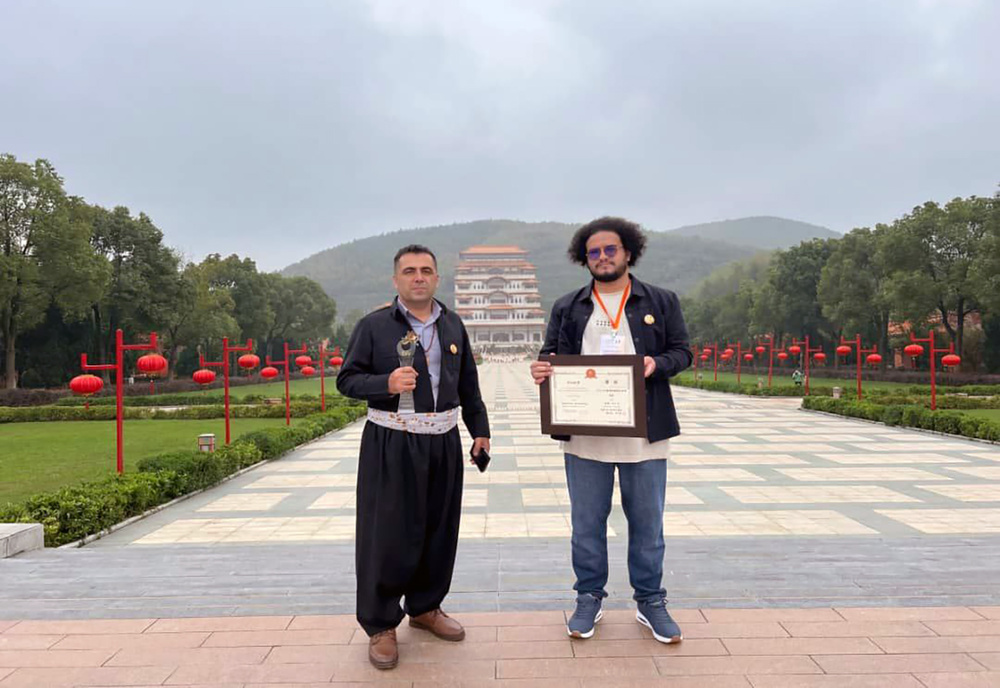On the SDF’s northern border is Turkey, which views the group as an extension of the designated terror organisation the Kurdistan Workers’ Party (PKK). Turkey has been engaged in an on-again-off-again war with the PKK since the 1980s.
Turkey sees the SDF as an existential threat, launching three military operations against the group since 2016. Turkish President Recep Tayyip Erdogan has threatened a fourth military operation, hot off the heels of his recent reelection.
To the southwest, the SDF shares a border with the Syrian regime and affiliated pro-Iranian militias. The SDF and the regime, while certainly not allies, enjoy an uneasy coexistence, with the backing of the US preventing any full-scale regime offensive on the northeast.
"The threat of a Turkish invasion looms over the head of the SDF's leadership. A deal with Damascus could be an obstacle to any further Turkish incursions"
Though the US is currently working with the SDF as a counter-terror force in the former capital of the so-called Islamic State (IS) in northeast Syria, eventually its mission will come to an end.
The recent regional re-acceptance of the Syrian regime, which had been an international pariah for the last 12 years, has made a US departure seem less like a distant possibility and more of an eventuality.
To stave off a full-on Turkish invasion then, the SDF may have to turn to a lesser evil: the Syrian regime.
The enemy of my enemy is my friend
In October 2019, then-US President Donald Trump shocked the SDF, the US military, and the world alike. With little warning, he announced the withdrawal of US troops from Syria. He decided that he would withdraw US troops to prevent them from being caught in the crossfire of an incoming Turkish invasion against the SDF.
Previously, the SDF had thought the American troop presence in northeast Syria would be a deterrent against further incursions by Ankara.
However, when Turkish-backed militants rolled into SDF-held areas during 'Operation Peace Spring', US troops simply watched from their barracks.
It was then that the SDF learned the limits of the US partnership. As one senior US official put it in a closed-door meeting in 2020, “We were there to fight [IS], not to defend the Kurds”.
In the absence of US support against Turkey, the SDF turned to the Syrian regime. There was a history of bad blood between the regime and the SDF, including a bloody crackdown on Kurdish protesters in 2004 that is still vivid in the memory of northeast Syria’s residents.
Still, the Syrian regime similarly did not want Turkish troops encroaching any further on Syrian territory and in October 2019 the SDF signed a deal with the regime.
The deal gave regime troops permission to deploy along border areas under SDF control, as well as around major cities such as Raqqa in the hope that this would slow the Turkish advance.
Eventually, the Turkish incursion stopped, having wrested control of key cities and created a “security buffer” between the SDF and the Turkish-Syrian border. US troops re-emerged from their barracks and resumed their security cooperation with the SDF.
"The SDF and the regime, while certainly not allies, enjoy an uneasy coexistence, with the backing of the US preventing any full-scale regime offensive on the northeast"
Negotiations: A game of chicken
The security partnership, though mutually beneficial to both the US and the SDF, had gained a sense of mortality post-Operation Peace Spring. For lasting peace, the SDF would have to make nice with the Syrian regime.
US officials, such as Brett McGurk, the current National Security Coordinator for the Middle East and North Africa, have openly expressed their desire to have the SDF come to some sort of deal with Damascus.
To that end, the SDF has been negotiating with Damascus since 2019 to try to create a sustainable peace agreement between the two of them. The SDF want to preserve some form of the political and military autonomy it has enjoyed since 2012, when it began the process of creating its own institutions and eventually autonomous state in northeast Syria.
Under the Syrian Baathist party since the 1960s, Syria’s Kurdish population has been repressed in both ethnic and political freedoms. Kurdish officials and civilians alike fear a return to more autocratic days and are loathe to relinquish the relative degree of freedom northeast Syria enjoys today.
While Damascus has agreed to recognise some of the cultural rights of Kurds in official state policy, it has been otherwise maximalist in its demands.
It has demanded that the SDF surrender all autonomous military and political structures and instead be completely absorbed into military state institutions. Civilians would then be subject to “settlement agreements” which have already been instituted in formerly-rebel-held southern Syria.
The SDF views both demands as a non-starter, having seen southern Syria become a lawless haven for militias and drug smugglers under regime-implemented settlement agreements.
The SDF’s leverage for negotiations, however, is eroding. The pressure to make a deal is growing alongside Syrian President Bashar al-Assad’s increasing international legitimacy as Arab states line up to shake his hand.
The current negotiating stalemate is likely to continue, with the SDF relying on the US to keep Assad’s forces at bay.
“The current US plan is to stay in Syria indefinitely and to shift out of Syria when the US assesses that IS is no longer a threat,” Nicholas Heras, the Senior Director for Strategy and Innovation at the Newlines Institute, told The New Arab.
The timetable for US withdrawal will be based on “American assessments, not Arab assessments,” Heras added.
"The current US plan is to stay in Syria indefinitely and to shift out of Syria when the US assesses that IS is no longer a threat"
The timetable for Damascus, however, could stretch longer than the US is comfortable. Though Assad is eager to retake northeast Syria and end what he views as Kurdish defiance, there is no looming deadline for his reconquest.
Assad has learned the value of patience, as his current rehabilitation in the international arena has taught him that even committing war crimes against his own population can be forgiven with time.
The SDF, by contrast, is under a tight deadline and pressure from multiple angles.
There are no guarantees that the US will stick around forever. If former president Donald Trump is reelected in 2024, for example, US support for the Kurdish group could once again be ended overnight.
The threat of a Turkish invasion looms over the head of the SDF’s leadership. A deal with Damascus could be an obstacle to any further Turkish incursions.
Turkey would have a much more difficult time declaring war against Syria than it would deploying Syrian mercenaries against what it describes as an internationally-designated terror group.
Barring any significant new developments and if Assad continues to gain international support, the SDF’s leverage will continue to wane.
It may then come down to the SDF choosing which is the lesser evil: Damascus or Ankara?
The New Arab







Your Comment